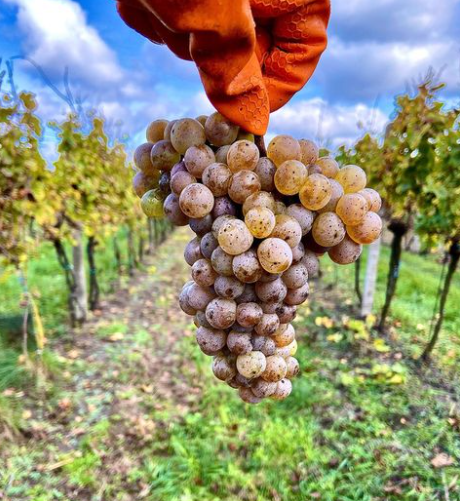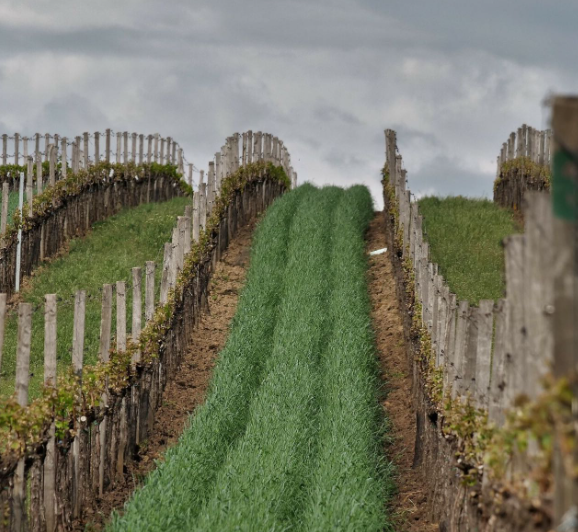DID YOU KNOW? Czechia is a classic European wine region, actively engaged in some form of winemaking for over two millennia, with codified wine laws in existence for 700 years?
Unfortunately, four decades of Soviet rule were devastating to the industry. During this time, grapes were grown for quantity and large yields were more important than flavour. Czechian wine production has grown increasingly impressive in terms of both quality and quantity since the 1990s and there is a robust natural, organic and biodynamic wine movement amongst young winemakers, who are embracing modern trends that harken back to ancient traditions. However, only one third of the population’s consumption can be covered by domestic production, so very few of these captivating, fascinating wines are exported.
There are two recognized viticultural regions in the country: Bohemia and Moravia. Bohemia, in the northwest, is home to the oldest plantings and is the original centre of winemaking in the country. The growing season here is far cooler than in the south and production is focused on fresh, dry whites, sparkling wines and lighter-bodied reds. The far larger Moravia region, in the south, is responsible for 96% of the country’s total production. Moravia sits on the border of Austria and Slovakia, on the same parallel as Champagne, but is warmer than any of these regions during the growing season and can grow grapes with higher sugar content, producing fuller- bodied wines with riper flavours.

Vineyards are planted primarily to well-known French and German varietals, such as Pinot Gris, Riesling, Welschriesling, Müller-Thurgau, Chardonnay and Gewürtzaminer in white; Pinot Noir, Blaufränkish, Zweigelt and Saint. Laurent in red, though all are named differently domestically. There are also significant plantings of indigenous varietals, such as the exciting white grape Palava (a crossing of Müller-Thurgau and Gewürztraminer), the deep red André and the elegant Cabernet Moravia (a blend of Dornfelder and Frankovka, the local name for Blaufränkish).
The soils are mostly marine and freshwater sediments — left over from large inland seas and many rivers running through the country — along with tuffeau, sandstone, limestone loess and volcanic rock. During the spring and summer months, days are warm to hot, but evening temperatures drop precipitously. There is plenty of rain, which means most areas do not have to irrigate.
The appellation system of Czechia, known as the VOC, is very similar to Germany’s Pradikat, which places a greater value on grapes with higher must weights and higher potential alcohol:
Kabineti Vino = Kabinett: can be dry or off-dry, with a good amount of must weight
Pozdní sběr = Spatlese: higher must weight than Kabinet wines, most from late harvest grapes
Výběr z hroznů = Auslese: late-harvest grapes, from the ripest bunches
Výběr z bobulí = Beerenauslese: single berry selection of late harvest grapes to have the highest must weight
Výběr z cibéb = Trockenbeerenauslese: single berry selection off the vine of botrytised grapes; extremely rare, concentrated and sweet wines
Ledové víno = Icewine: made from grapes frozen on the vine, similar to Canada’s Icewine
Bottles may also reference VOC subregions (Vinařská podoblast), municipalities (Vinařská obec) and vineyards (Trať).


